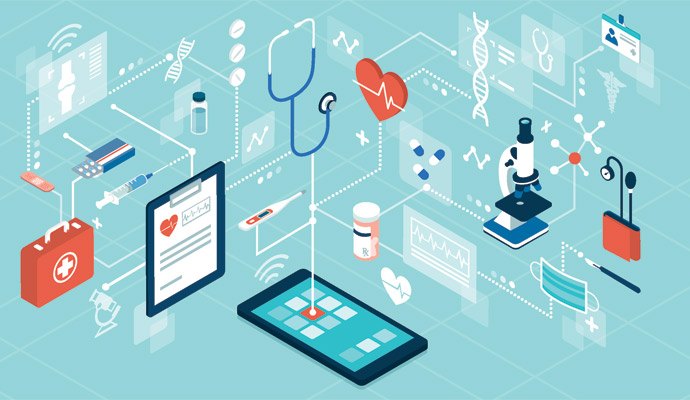AI Model Aims to Support Cell Functioning Predictions
New updates to an AI model aim to determine protein activity within a cell to enhance the treatment of diseases.

Source: Getty Images
- Researchers from the University of Missouri (MU) enhanced their artificial intelligence (AI) model to improve its ability to predict protein location within cells of animals, humans, and plants, thereby enhancing disease treatment.
According to the press release from MU, identifying the location of a protein in a cell is valuable information. This is because it provides important biological information surrounding diseases, as the protein operates many cellular activities.
Ten years ago, Dong Xu, PhD, Curators' Distinguished Professor in the Department of Electrical Engineering and Computer Science at the University of Missouri, and MU researcher Jay Thelen, PhD, a professor of biochemistry, created an AI model known as MULocDeep to review proteins in mitochondria. They and their colleagues have updated the model to enhance protein localization predictions that apply to animals, humans, and plants.
The press release noted that leveraging AI to enhance predictions can assist researchers in defining abnormal protein activity. Conditions such as metabolic disorders, cancer, and neurological disorders are often linked to this abnormal activity.
“Some diseases are caused by mislocalization, which causes the protein to be unable to perform a function as expected because it either cannot go to a target or goes there inefficiently,” said Xu in a press release.
Beyond the identification of cell functions, this tool could also assist in the development of drugs. The goal behind this pharmaceutical development would be to move proteins to the correct location when necessary.
“We want to continue improving the model to determine whether a mutation in a protein could cause mislocalization, whether proteins are distributed in more than one cellular compartment, or how signal peptides can help predict localization more precisely,” said Xu. “While we don’t offer any solutions for drug development or treatments for various diseases per se, our tool may help others for their development of medical solutions. Today’s science is like a big enterprise. Different people play different roles, and by working together we can achieve a lot of good for all.”
Further, Xu and his colleagues are working to create an online course to educate students on biological concepts that make up the model.
Prior research has indicated success associated with using AI to examine biological information to enhance diagnosis.
Research released by Rutgers, the State University of New Jersey, in March, indicated that AI and machine learning (ML) could examine genes in DNA to predict cardiovascular diseases.
A study involving the analysis of healthy patients and patients with cardiovascular disease leveraged AI and ML with the goal of determining any relationships between genes and certain types of cardiovascular disease.
Following the analysis, the researchers found a correlation between a group of genes and cardiovascular disease. Their research also indicated that age, gender, and race influenced patient outcomes.
